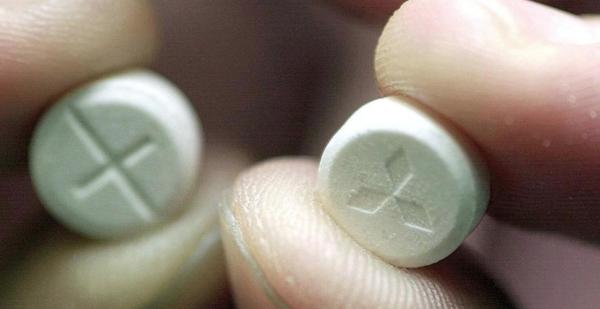A Florida orthopedic surgeon charged with possession and distribution of an analog of fentanyl called furanylfentanyl, which resulted in the death of a young woman, has had his trial postponed until April.
Johnny Clyde Benjamin, Jr., M.D., of Vero Beach, made his own furanylfentanyl (FUF), a "chemical cousin" of fentanyl, the opioid that we hear about daily. Fentanyl is a Schedule II prescription drug, meaning that is the most highly restricted of all legal, approved drugs. It can be obtained by prescription (should you be fortunate enough to find a physician who will do so). Some of the fentanyl products in use are Actiq, Duragesic, and Sublimaze. But FUF is Schedule I, meaning that it has no approved medical use and a high potential for abuse. It also means it is illegal. Perhaps Benjamin thought he would get away with it because until 2016 FUF (and other fentanyl knock-offs) was legal (maybe, see note 2) in the US simply because the laws to schedule drugs could not keep up with the new analogs flooding into the country.
Well, it's not legal. Or is it? In response to the 1985 Mike Hovey incident (1) at DuPont (See: Breaking Really Bad, 25 Years Before Walter White) Congress passed The Federal Analog Act of 1986, which was supposed to ban drugs that were "substantially similar" to controlled substances. In other words, "designer drugs." (2)
But the law is vague because "substantially similar" is open to interpretation. (See: How Chinese Organic Chemists Get Away With Murder - Literally.) The concept is conceptually identical to that of another profession - deciding whether a drug too close in structure to receive a patent since novelty is required - something that drug and generic companies trying to invalidate a drug company's patent fight about constantly in court. My former colleague Dr. Dan Berger, who became a patent agent explains:
"Adding, for example, a methyl group is considered obvious in patent law. However, when the activity goes up 1000-times, a company can argue that it has an unexpected and 'novel' property, which is a new invention. Who wins? Whoever has the best lawyers"
Dan Berger, Ph.D. Former Principal Scientist at Wyeth
But as media attention has focused on opioids - with politicians blaming patients, doctors, and pharmaceutical companies - what has become lost is that the real criminals are those making it in order to satisfy a demand new policies have created. And the death of a woman using furanylfentanyl led to calls for more arrests and legislation.
It could have been much worse for more people if he hadn't been arrested. Furanylfentanyl is more potent than heroin although less so (5X) than fentanyl itself. Obviously, it can still be a killer. But some of the other designer fentanyls are hundreds of times more potent than fentanyl and are far deadlier killers (See: If You Think Fentanyl Is Bad...). Still, the government maintains that Benjamin's illegal furanylfentanyl killed a woman.
Though Benjamin is clearly a bad actor, some doctors find it very frustrating that they are not able to treat patients they know are in real pain and not recreational users. Despite the relative "safety" of FUF, no doctor should be making it (or any other drug) and giving it to patients, well-intentioned or not.
Benjamin faces a mandatory minimum sentence of 20 years but his license to practice medicine remains active even though he is in a federal prison awaiting trial.
NOTES:
(1) Read the story. It's fascinating. In 1985 Hovey synthesized a $112 million batch of 3-methylfentanyl in his lab and tried to sell it to an undercover FBI agent. Even though 3-methylfentanyl is far more potent than fentanyl it wasn't illegal because it was not on the Schedule I list. Despite this, things did not end well for Hovey. Read the article.
(2) FUF is a "designer drug" - a close relative to known legal drugs. It is now illegal because it specifically made it onto the Schedule I list. Before it was listed it could have been considered either legal or illegal depending on who you asked.




